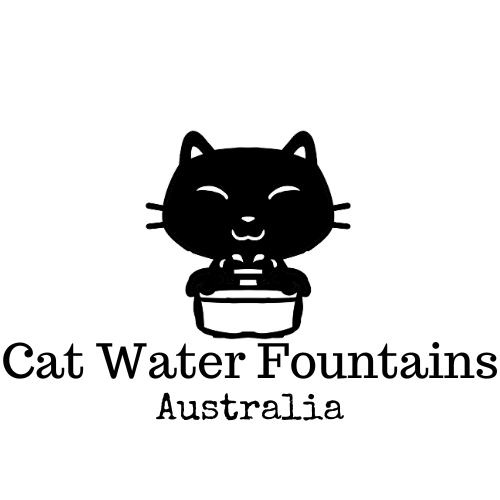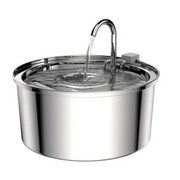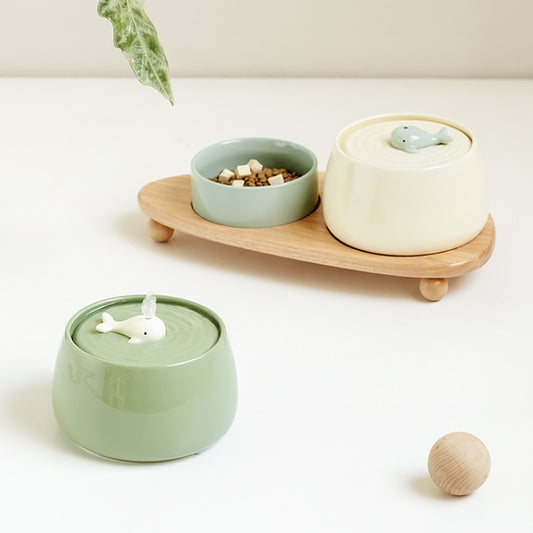Can Cats Eat Tomatoes? Ripe, Green or Processed?
Cat Water Fountains Australia
Share This Article
If you're a dedicated cat owner, you know how crucial it is to ensure your feline friend gets the best nutrition possible. You might have wondered about sharing some of your favourite human foods with your cat, such as juicy, ripe tomatoes. Are they safe for your cat? The simple answer is that ripe, red tomatoes can be safe for cats in moderation, but green tomatoes and parts of the tomato plant are toxic.
Let’s explore how tomatoes can fit into your cat's diet and what precautions you should take.
Are Ripe Tomatoes Safe for Cats?
Ripe, red tomatoes are generally harmless for cats when given as an occasional treat. They contain beneficial nutrients like vitamin C, potassium, and fibre. However, it's important to remember that cats are obligate carnivores, meaning their primary diet should consist of meat. Tomatoes can offer some nutritional benefits, but they should not replace your cat's regular food.
Why Green Tomatoes Are Dangerous
Green tomatoes, along with the stems and leaves of the tomato plant, contain solanine and tomatine, which are toxic to cats. These substances can cause severe gastrointestinal distress, drooling, loss of appetite, and even slow heart rate. If you suspect your cat has ingested any green parts of a tomato, seek veterinary attention immediately.
Nutritional Value of Tomatoes
Tomatoes are rich in several nutrients beneficial to humans, such as:
- Lycopene - An antioxidant that gives tomatoes their red color.
- Vitamin C - Boosts immunity and maintains skin health.
- Vitamin K - Aids in blood clotting and bone health.
- Folate (B9) - Supports cell function and tissue growth.
- Potassium - Essential for heart function and nerve signalling.
While these nutrients are great for humans, they are not as crucial for cats. Cats can produce their own vitamin C and rely more on animal-based proteins for their nutritional needs.
Potential Risks of Feeding Tomatoes to Cats
- Digestive Issues - Tomatoes' high fibre content can cause vomiting, diarrhoea, or constipation if consumed in large amounts.
- Allergic Reactions -- Some cats might be allergic to tomatoes, leading to itching, hives, or swelling.
- Choking Hazard - Ensure tomatoes are cut into small pieces to prevent choking.
How to Safely Introduce Tomatoes to Your Cat's Diet
- Wash Thoroughly - Clean the tomato to remove any pesticide residue.
- Remove Stems and Leaves - These parts contain toxic compounds.
- Cut into Small Pieces - Make it easier for your cat to eat and digest.
- Monitor Their Reaction - Observe your cat for any signs of discomfort or allergic reactions.
Veterinary Recommendations
Always consult your vet before introducing new foods to your cat's diet. They can provide personalised advice based on your cat's health needs and dietary requirements.
Processed Tomato Products: A No-Go
Avoid giving your cat processed tomato products like ketchup or tomato sauce. These often contain added sugars, salts, and harmful ingredients like onions and garlic, which are toxic to cats.
Key Takeaways on Tomatoes and Cats
While ripe tomatoes can be a safe and occasional treat for your cat, they should never replace a balanced, meat-based diet. Green tomatoes and tomato plant parts are toxic and should be kept out of reach. Always consult your vet if you're unsure about introducing new foods to your cat's diet.
By understanding your cat's dietary needs and the potential risks associated with tomatoes, you can ensure your furry friend stays healthy and happy. If in doubt, always err on the side of caution and consult with a veterinary professional.
Note: This article is intended for informational purposes only and should not be considered veterinary advice. Always consult with a qualified veterinarian for any concerns regarding your cat's diet.









